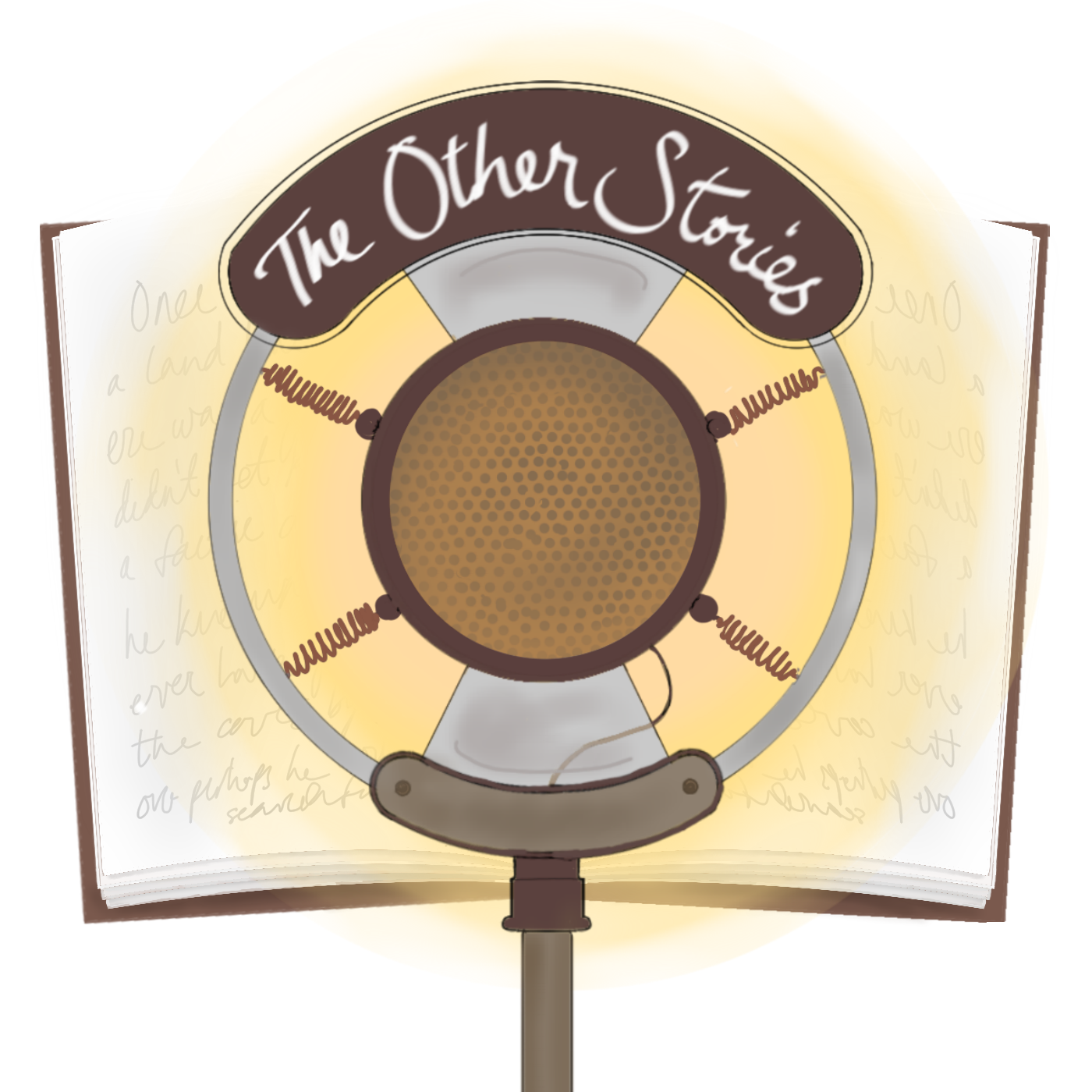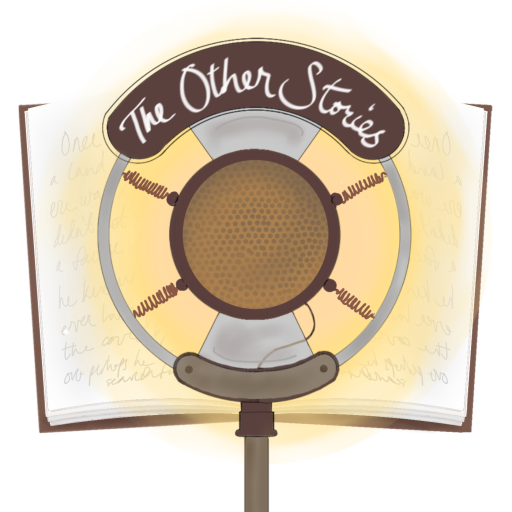Rebecca Boeshaar is a fiction writer and filmmaker who studied at NYU. Her short story, “Forgotten Nightmares,” captures fear and vulnerability through the description of nightmares as tangible objects capable of being transferred from person to person.
The Writing Process
When asked how she first began writing this story, Rebecca Boeshaar admitted to having “one of those moments that’s too rare;” the first paragraph just came to her, and she subsequently structured the rest of the story around that original idea. She developed the motivations and personalities of Lucia’s parents, and while those details did not make it into the final version of the story, they informed her writing. A good friend and fellow writer helped her edit, aiding her in the elimination of redundancies. Her friend’s edits also helped her to trim down the story, cut to climactic scenes more smoothly and, in Rebecca’s words, “let the story’s bones show.”
Making the story relatable
One of Rebecca Boeshaar’s main aspirations for her magical-realism inspired stories is to make sure they are still relatable. While this particular story is very fable-like (for example, the use of the fox as its main antagonist), the author added a degree of intense physicality, most notably in underlining Lucia’s body feeling constricted by the fabric. In this way, Rebecca transforms the fable into what could also be seen as a metaphorical struggle for 9-year-old Lucia’s control over her own body in the face of a charming yet dangerous villain.
Additionally, Rebecca also plays on the narrator’s desire to protect Lucia, coupled with a helplessness to do so. The author uses nightmares as a stand-in for basic human fears and how these fears affect the people around us.
Fiction writing vs. Filmmaking
Because Rebecca Boeshaar is a screenwriter in addition to being a fiction writer, she often needs to ask herself which medium would better serve the story she is trying to tell. While she is passionate about filmmaking, she also loves the freedom that fiction writing affords her; as it is a less collaborative form in comparison with filmmaking, she finds it liberating to be the ultimate decision-maker in how her story is presented.


